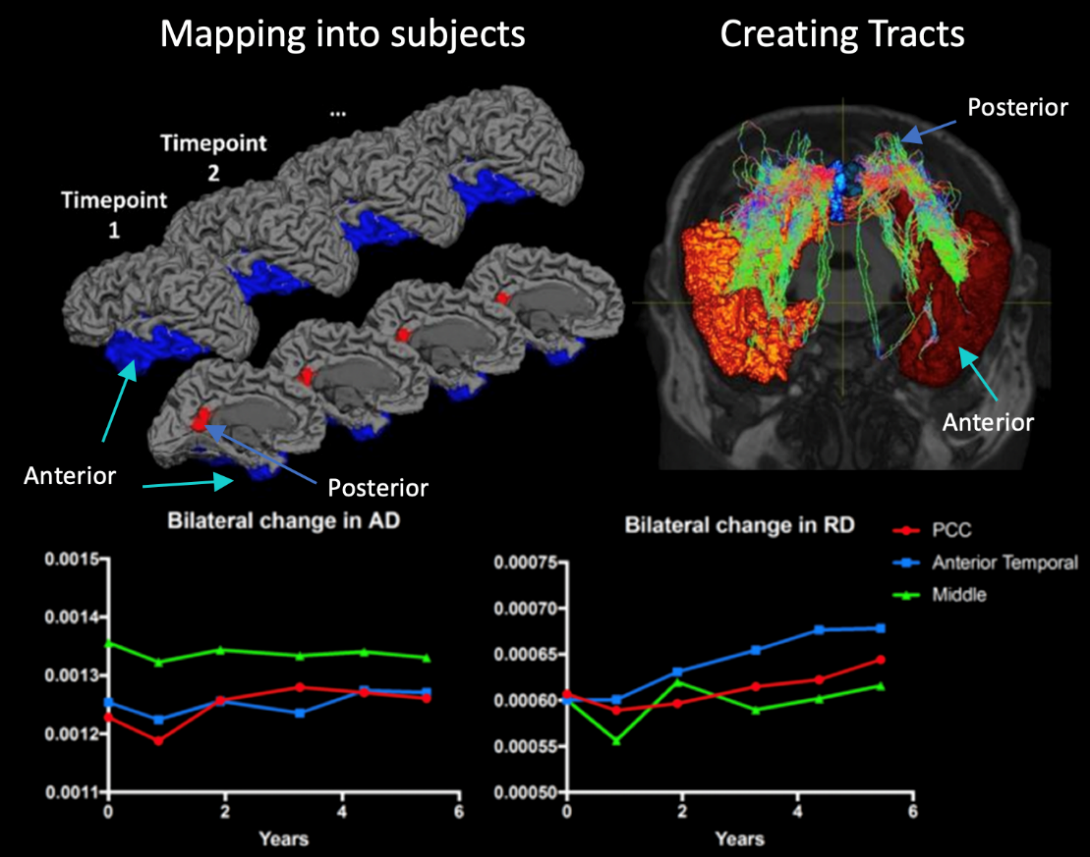Project - Improving diagnosis and prognosis in dementia using multimodal brain imaging (2019-Current)
Research Project Objectives
- To characterise syndrome-specific changes in brain integrity using multimodal imaging approaches at disease presentation and over time.
- To characterise and predict brain imaging changes of individual patients across different modalities
Project tag with a disease
Dementia, FTD, AD
Research Project Description
The diagnosis and prognosis of dementia is challenging due to the ambiguity of early symptoms and heterogeneous pathologies, delaying relevant and accurate interventions. The overarching aim of Cheng’s PhD project is to improve diagnosis and prognosis by characterising the structural and functional brain changes across dementia syndromes using multimodal neuroimaging.
Cheng’s PhD project aims to unravel the phenotypic and temporal heterogeneity in dementia by developing neuroimaging models to predict disease trajectories in individual patients. To obtain an accurate biomarker that is clinically relevant, the models from this research will be applied (i) across different dementia syndromes with varying pathologies, (ii) in a clinical setting and (iii) longitudinally to characterise disease progression.
Methods
Cheng’s PhD combines multivariate neuroimaging models using structural T1 and diffusion weighted magnetic resonance imaging to characterise the dynamic changes between cortical structure and connectivity in the brain (Figure 1). To investigate longitudinal changes across these modalities, linear mixed effects modelling will be used to establish differences across syndrome-specific groups, and a multifactorial causal model will be used to derive individual trajectories. These methods will enable the customisation of medical decisions for individual patients.
Infographic / Medical Diagram / Scientific Diagram / Picture

Figure 1. Preliminary methods and results showing cortical atrophy and degeneration of white matter tracts over time in a single FTD patient.
